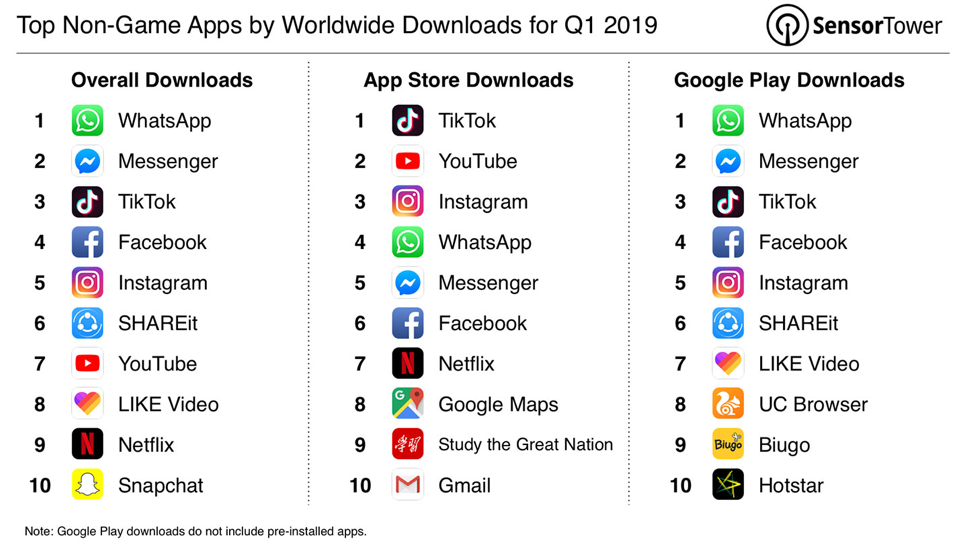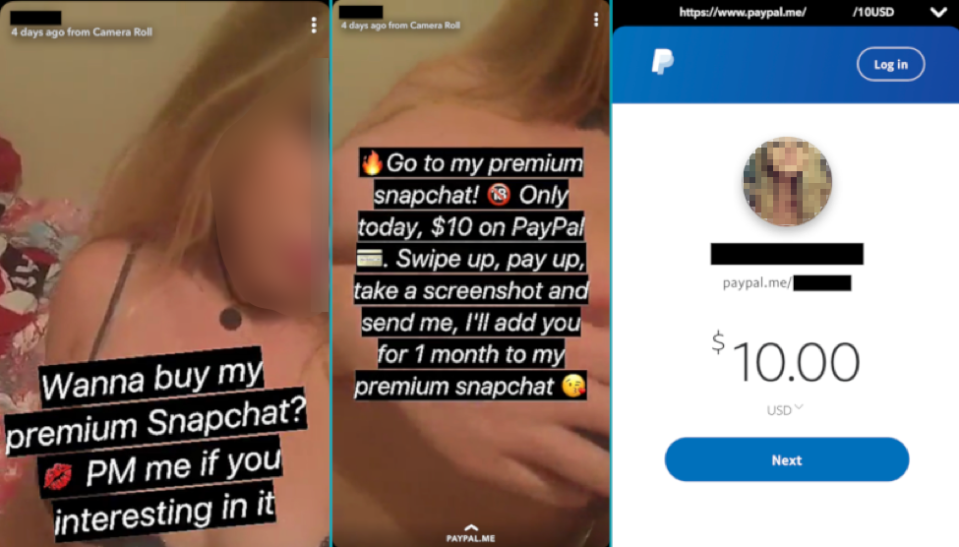The seedy underbelly of social media platform popular with teens
Unless you’re part of Generation Z, you’re probably not too familiar with TikTok. But the social media platform designed for creating and sharing short videos has exploded in popularity.
After launching in Australia just three months ago, TikTok has skyrocketed in popularity, boasting 1.4 million monthly active users across Australia and New Zealand. That amounts to about 1.6 billion video views each month.
But like all online platforms, there is a seedy underbelly to all that online activity.
What is TikTok?
Owned by Chinese technology company Bytedance since 2017, the app provides tools for users to easily edit clips to music.
Popular among tweens, it has led to a new crop of internet creators who are able to amass a big audience and large followings.

Much of the content is silly and light-hearted things like lip-syncing videos and elaborately-edited comedy skits.
But among all digital high jinks, new research shows hundreds of accounts are set up to target unsuspecting TikTok users – many of them young teens – with highly sexualised content in order to lure them to sign up for adult dating websites or pay for fraudulent “premium” Snapchat accounts.
Fake celebrity accounts used to catfish users
Some accounts use images of popular celebrities and online personalities including Chris Hemsworth and Kaytlyn Stewart to catfish other users into following the fraudulent accounts.
That’s according to a deep dive into the platform by cyber security firm Tenable, which found that adult-dating scams on TikTok had become increasingly common on the platform in the past six months.

Satnam Narang, senior research engineer at Tenable who carried out the research, says the nefarious users fall into two main types of scams.
One involves gaming the cost-per-action networks of adult dating websites that pay for qualified leads.
Online e-commerce sites often have a system of affiliate tags where scammers can get paid if they direct somebody to sign up to a service like a dating site.
“The person operating the Snapchat account isn’t the person in the video,” Mr Narang explained to Yahoo News Australia.
“They’re using that as a lure to get people to go to an external website.”
Typically scammers can make about $1.50 to $4 for referring someone, and as much as US$50 ($74) if the person hands over their credit card details.
“It doesn’t matter what age you are because there is no way to verify if the person is actually 18 or not,” he said.
Increasingly, scam accounts were moving towards a tactic of asking for payment to access “premium” Snapchat accounts.

This is something that Snapchat users have essentially created on the platform by promising to add users to a list which enables them to view otherwise hidden content.
Scammers use stolen videos to promise access to more explicit content before directing people to their own PayPal account. The victim will ultimately pay for nothing.
While automated scambots and so-called pornbots proliferate certain social media platforms, Mr Narang said these accounts were typically created and operated manually.
“It was really just a matter of using the platform, and these accounts would surface,” he said.
What to look out for
From samples dating back to March 2019, on average each scam account would follow 299 users, would be followed by 650 users and receive an average of 1744 likes across their videos, the Tenable report found.
If these accounts try to direct you towards engaging off-platform, that is a big red flag, Mr Narang said.
“TikTok users should be skeptical of accounts that ask them to move the conversation to a different platform, because it’s very likely they’re going to try to take advantage of them outside of TikTok.”
While experts have been warning parents about TiKTok, these types of scams aren’t unique to the platform.
“The scams themselves aren’t that much different than what I’ve observed on other platforms like Twitter, Instagram, or Snapchat, it is just that scammers are tailoring their tactics to suit TikTok and its application,” Mr Narang said.
But he believes the recency of the platform – and the organic feel it has – means some users might have a false sense of security.

“Because it’s fairly new, I think a lot of people are more trusting of the people on the platform and haven’t become as jaded as they might be on something like Facebook,” he said.
TikTok has responded the the report and says it will its will work to improve its automated systems to remove this type of activity from the platform.
But it’s unlikely the cat-and-mouse game will ever end.
“I don’t ever see it coming to a complete stop,” Mr Narang said.
“For them (scammers) it’s easy money.”
Do you have a story tip? Email: newsroomau@yahoonews.com.
You can also follow us on Facebook, download the Yahoo News app from iTunes or Google Play and stay up to date with the latest news with Yahoo’s daily newsletter. Sign up here.


